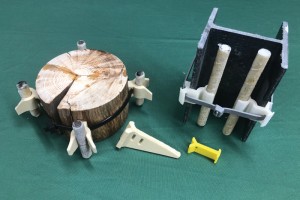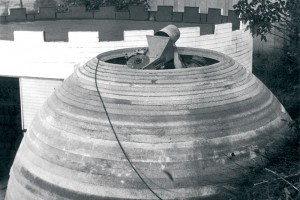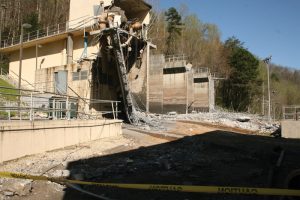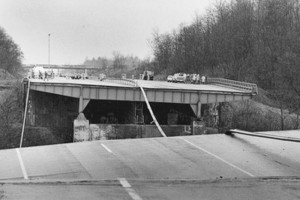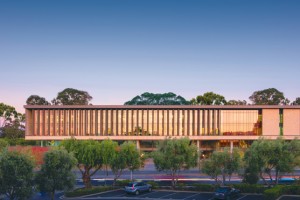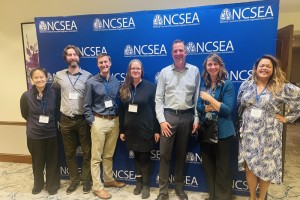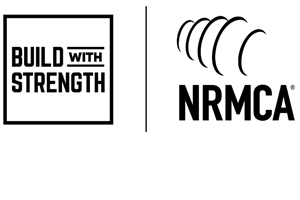An Economical Solution for Non-Ductile Frames
Many older buildings include columns that require strengthening. Several scenarios could cause this. In coastal regions and aggressive environments, for example, the corrosion of reinforcing steel results in loss of capacity of the columns. In other cases, the poor quality control during the original construction may have resulted in low compressive strength in the concrete. The author has been personally involved with the retrofit of two such buildings in Florida, where the concrete compressive strength has been below 1500 psi, only a fraction of the strength specified in the design documents. Some of the collapsed Champlain Tower investigations in Surfside, Florida, have also mentioned the “powder-like” concrete in the columns as a potential contributing factor to that failure.
…
